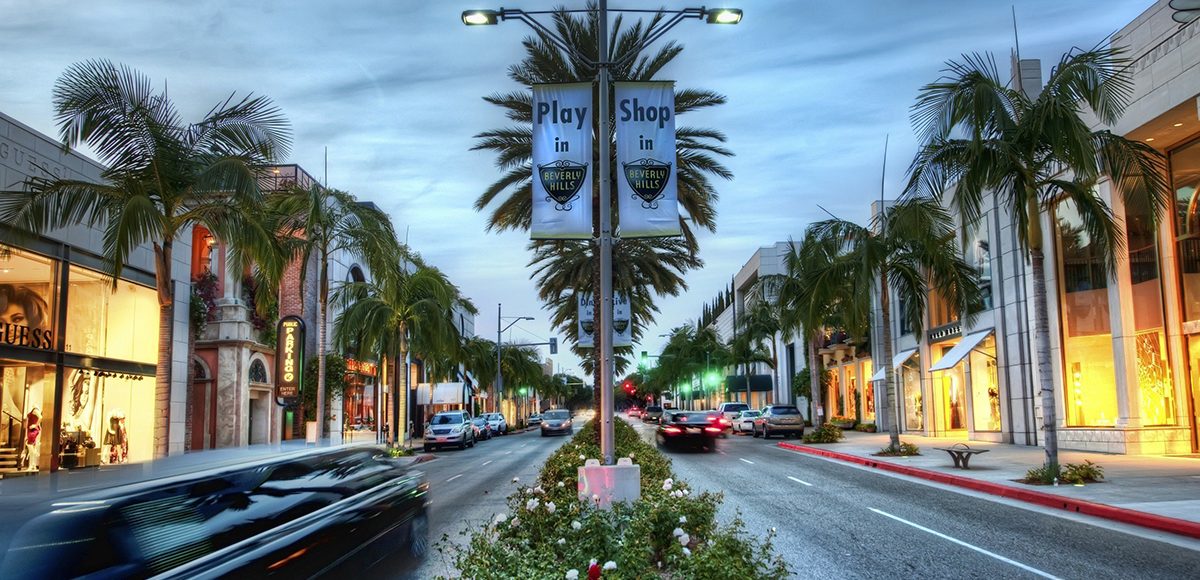Thirteen Aleppo pine trees in Trousdale are slated for removal after City arborists finished a week-long assessment of 188 trees along Carla Ridge and adjacent streets.
Director of Public Works Shana Epstein said City arborists determined that the trees slated to be removed were “unstable or unhealthy.”
“We have a process, so that’s good. And I know there may be frustrations that we’re not moving fast enough, but we’re trying to do this in an orderly fashion,” Epstein told the Courier. “We’re removing those trees [that] we don’t think are thriving.”
She estimated that the trees would be removed later this month or in early February by West Coast Arborists, which entered into a contract with the City last month.
The City began taking steps to remove those trees in Trousdale deemed most at risk, starting with the week-long assessment process which began Jan. 13, in response to last month’s City Council Study Session. At that meeting on Dec. 17, 2019, 11 residents of Trousdale voiced their concerns in anticipation of a discussion on the City’s Urban Forest Management Plan (UFMP), which prioritized Wildfire Hazard Evaluation and Mitigation.
“This is very much being done in response to the community’s concerns in Trousdale,” Epstein said. “The preliminary phase is for Carla Ridge and then there will be a next phase that we’re still developing.”
At the meeting, Councilmembers Lili Bosse and Julian Gold were particularly vocal about the urgency surrounding the removal of higher flammability trees.
“I view this as an emergency and urgent,” Bosse said.
“We should move forward as quickly as we can to ensure the safety of Trousdale and Carla Ridge and all the areas,” Gold said.
Epstein said that the City mailed out notices on Jan. 22 informing residents in the area about the impending tree removal. The 13 specific residences adjacent to the trees slated for removal would also be noticed via hand delivery by the end of the week she said.
The City Council provided clear direction to City staff at its Dec. 17 meeting that removing the more at-risk trees was to take precedence over having a plan to simultaneously replant replacement trees in tandem with removal.
“Replacement will come later for this area,” Epstein confirmed.
The City’s Community Development department is now working with Beverly Hills Fire and the City Manager’s office to determine the best course of action for subsequent areas in Trousdale following the tree removals on Carla Ridge, which is an important evacuation route.
In addition to assessing other areas within Trousdale, subsequent to the removal of the 13 Carla Ridge trees, Epstein said the City would need to best figure out how to address those trees on private property. She said that addressing those trees might prompt the City to have to amend at least one ordinance.
“It’s easier to deal with City-owned trees,” she noted.
Environmental consulting firm Dudek, which prepared the UFMP, estimated that of the 40,000 to 70,000 privately owned trees north of Sunset Boulevard, roughly 25 percent of them exhibited higher flammability. The City is responsible for the care and maintenance of approximately 25,000 trees citywide, including around 7,600 street trees north of Sunset Boulevard, about half of which exhibit higher flammability, according to Dudek’s report.
“We have a significant amount of trees or urban forest north of Sunset,” Epstein said. “We’re trying to have a very measured approach that really can hold the test of time.”







